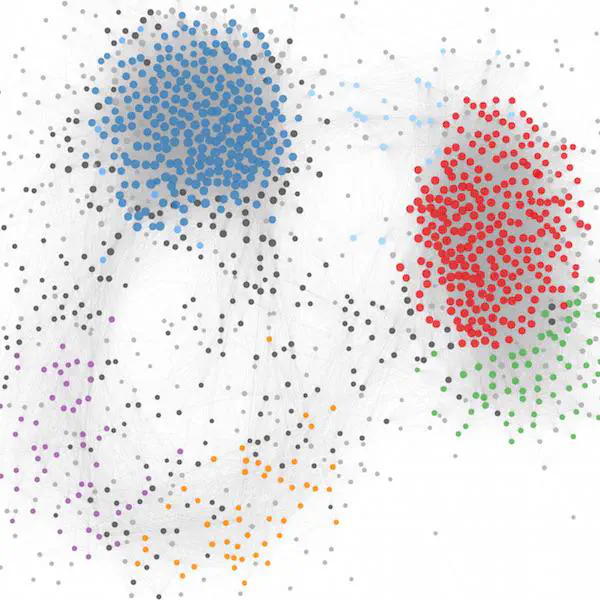Genetic dissection of acute ethanol responsive gene networks in prefrontal cortex: functional and mechanistic implications

Abstract
BACKGROUND: Individual differences in initial sensitivity to ethanol are strongly related to the heritable risk of alcoholism in humans. To elucidate key molecular networks that modulate ethanol sensitivity we performed the first systems genetics analysis of ethanol-responsive gene expression in brain regions of the mesocorticolimbic reward circuit (prefrontal cortex, nucleus accumbens, and ventral midbrain) across a highly diverse family of 27 isogenic mouse strains (BXD panel) before and after treatment with ethanol. RESULTS: Acute ethanol altered the expression of ~2,750 genes in one or more regions and 400 transcripts were jointly modulated in all three. Ethanol-responsive gene networks were extracted with a powerful graph theoretical method that efficiently summarized ethanol’s effects. These networks correlated with acute behavioral responses to ethanol and other drugs of abuse. As predicted, networks were heavily populated by genes controlling synaptic transmission and neuroplasticity. Several of the most densely interconnected network hubs, including Kcnma1 and Gsk3β, are known to influence behavioral or physiological responses to ethanol, validating our overall approach. Other major hub genes like Grm3, Pten and Nrg3 represent novel targets of ethanol effects. Networks were under strong genetic control by variants that we mapped to a small number of chromosomal loci. Using a novel combination of genetic, bioinformatic and network-based approaches, we identified high priority cis-regulatory candidate genes, including Scn1b, Gria1, Sncb and Nell2. CONCLUSIONS: The ethanol-responsive gene networks identified here represent a previously uncharacterized intermediate phenotype between DNA variation and ethanol sensitivity in mice. Networks involved in synaptic transmission were strongly regulated by ethanol and could contribute to behavioral plasticity seen with chronic ethanol. Our novel finding that hub genes and a small number of loci exert major influence over the ethanol response of gene networks could have important implications for future studies regarding the mechanisms and treatment of alcohol use disorders.